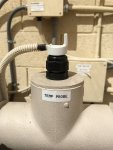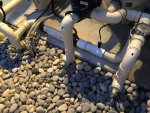So, finally completed. Whew, that was quite the project all in all. I sure appreciate all of the help that I received from everyone. The photos above posted earlier in this thread, was the initial plumbing and electrical completion back in September , but I had yet to integrate the IntelliCenter automation, IntelliValves, IntellipH and a few other minor additions to the overall system.
Anyway, here is my completed "project" photos (don't hate me too much Jim, you were the one who gave me a some of these ideas )
)
Load Center with IntelliCenter Install
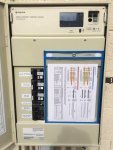
Plumbing and Electrical
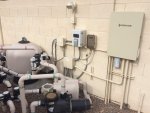
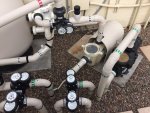
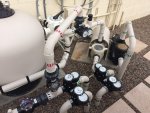
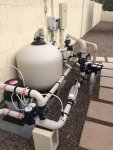
Low Voltage and Line Voltage Junction Boxes, Water Meter Enclosure and IntellipH Controller
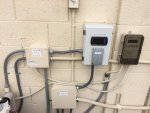
Temperature Probe wrapped in Foam Insulation
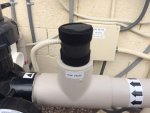
Anyway, here is my completed "project" photos (don't hate me too much Jim, you were the one who gave me a some of these ideas
Load Center with IntelliCenter Install

Plumbing and Electrical




Low Voltage and Line Voltage Junction Boxes, Water Meter Enclosure and IntellipH Controller

Temperature Probe wrapped in Foam Insulation



